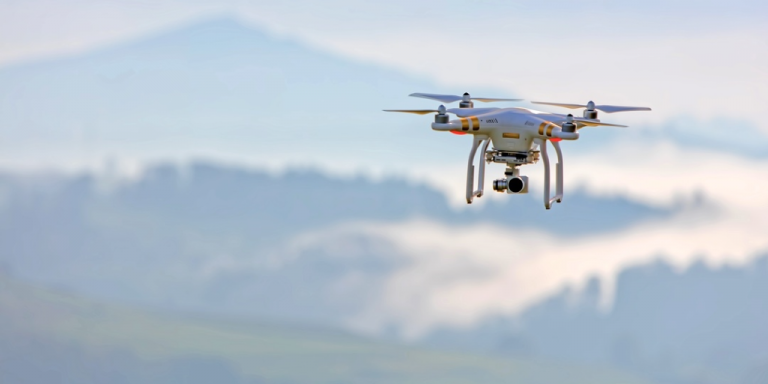Drone Delivery: The Future of Parcel Delivery?

November 1, 2016
Public awareness of the UAV has skyrocketed over the past year. This has largely been driven by a spike in sales of consumer and hobbyist drones. It is also due to increased media scrutiny of the technology and its usage. Google searches for the terms ‘drone’ and ‘Unmanned Aerial Vehicle’ have shot up dramatically since 2014 as the technology has been adopted by consumer photography and filmography markets. Media attention has also grown in tandem with this new-found popularity. However, drones are on the brink of revolutionising the logistics industry. Whether you consider UAVs to be nuisances or simply harmless fun, the notion of drones being used for commercial purposes is on the brink of becoming a reality. So, is drone delivery really the future of parcel delivery?
Possibilities of drone delivery
Several couriers, notably Amazon and DHL among others, certainly seem to think so. When you look at the benefits, it is not too hard to understand why. UAVs are capable of airspeeds of up to 250km/h and are able to carry payloads of up to 25kg. They therefore offer couriers a fast, efficient and relatively low-cost alternative for express deliveries. Not bound by ground infrastructure and related challenges, drones are capable of completing deliveries faster than traditional delivery. UAVs could also provide a regular and reliable delivery service to customers in remote locations, where lack of ground infrastructure is a real barrier to receiving deliveries.
The future of UAVs
Whilst Amazon’s direct-to-customer model has been well-publicised, it’s likely that drone delivery will look quite different to begin with. Indeed, at a time when current regulations do not even allow for a drone to be flown beyond line of sight, significant progress needs to be made both in terms of technology and regulations before Amazon can begin dropping parcels onto your front garden. It’s more likely that to begin with, drones will be used to undertake the middle part of the delivery chain. It is anticipated that, at least in the early stages of drone delivery, the last mile of the process will still be undertaken by traditional modes of transport.
What next?
However, whilst exciting as a standalone proposition, drone delivery is just one part of the vision for the logistics industry. With nearly every single car manufacturer making significant headway towards connected and autonomous vehicles, drone delivery can be envisioned as a small yet significant piece in a wider picture of a logistics industry mobilised by connected and autonomous vehicles – both on the ground and in the skies. McKinsey & Company estimate that within the next 10 years, around 80% of parcels will be delivered by UAVs [1]. Drone delivery, therefore, is not just the future of parcel delivery, but is also an integral part of the future of the logistics industry.
Got questions?
Check out our ‘UAVs Explained: 8 FAQs on Drone Delivery’ article here: http://www.huduma.co.uk/drone-delivery-faqs/